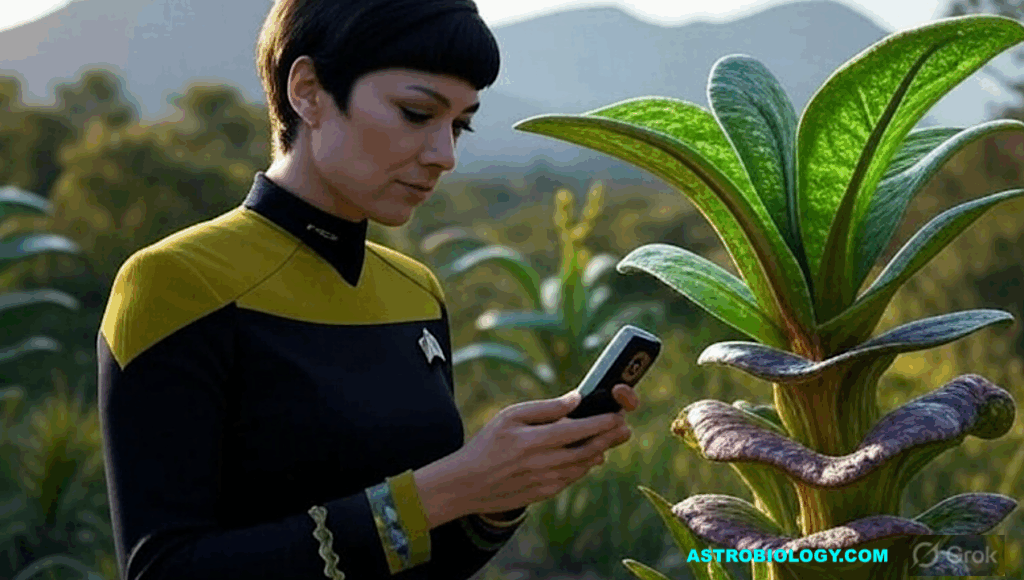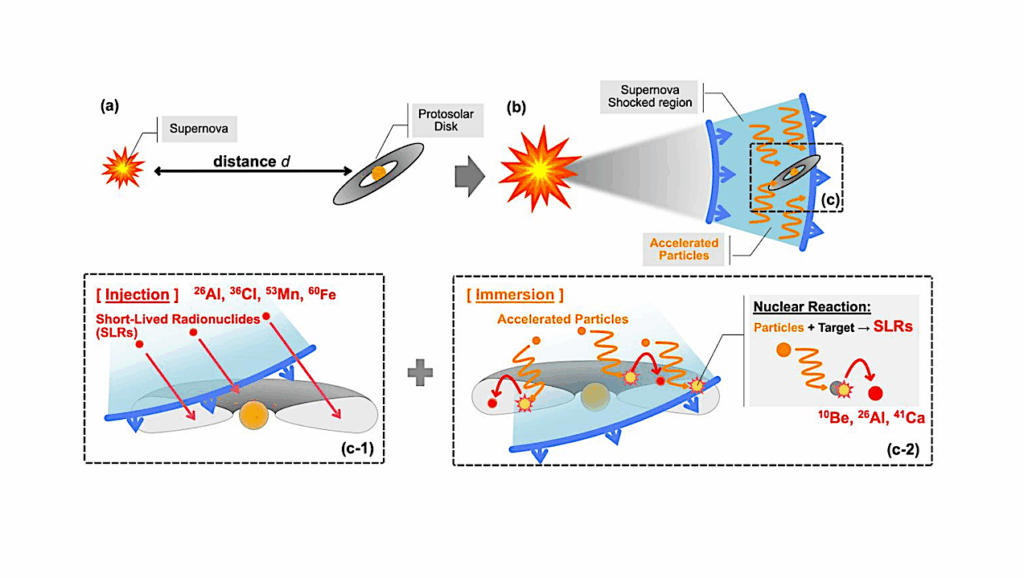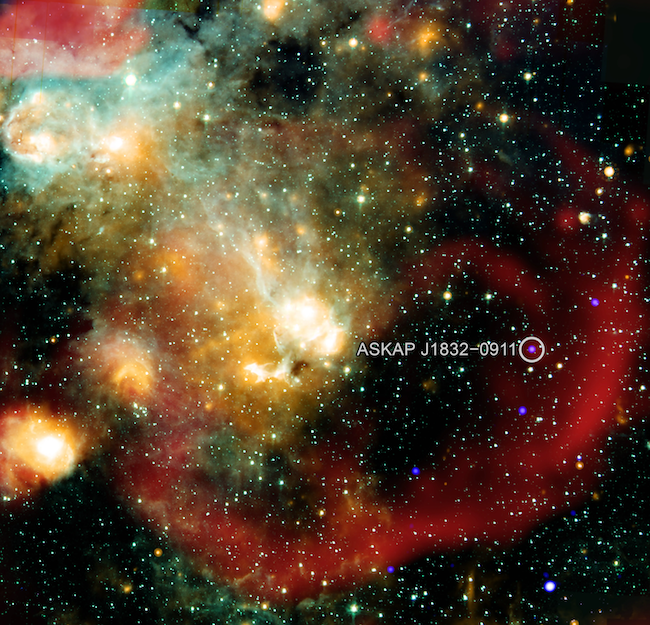Now Reading: TASSIE: a TASmanian Search For Inclined Exoplanets
-
01
TASSIE: a TASmanian Search For Inclined Exoplanets
TASSIE: a TASmanian Search For Inclined Exoplanets


Summary plots for observations of TOI3124 (a) and TOI3163 (b). The TESS Sector 64 TPF, normalized light curves and periodogram plots are shown for each target. Cutouts of the stacked H50 images are also shown, matching the approximate orientation and scale of each TPF. In (a), the orange light curve shows the raw, normalized flux for the star. The blue light curve is the detrended light curve (offset by a constant). The periodogram refers to the planetary period, based upon the detrended data. — astro-ph.EP
We present the first results of a pilot ‘TASmanian Search for Inclined Exoplanets’ (TASSIE) program.
This includes observations and analysis of five short-period exoplanet candidates using data from TESS and the Harlingten 50 cm telescope at the Greenhill Observatory. We describe the instrumentation, data reduction process and target selection strategy for the program.
We utilise archival multi-band photometry and new mid-resolution spectra to determine stellar parameters for five TESS Objects of Interest (TOIs). We then perform a statistical validation to rule out false positives, before moving on to a joint transit analysis of the remaining systems.
We find that TOI3070, TOI3124 and TOI4266 are likely non-planetary signals, which we attribute to either short-period binary stars on grazing orbits or stellar spots. For TOI3097, we find a hot sub-Jovian to Jovian size planet (R3097Ab = 0.89 ± 0.04 RJ, P3097Ab = 1.368386 ± 0.000006 days) orbiting the primary K dwarf star in a wide binary system.
This system shows indications of low metallicity ([Fe/H] ≈ -1), making it an unlikely host for a giant planet. For TOI3163, we find a Jovian-size companion on a circular orbit around a late F dwarf star, with R3163b = 1.42 ± 0.05 RJ and P3163b = 3.074966 ± 0.000022 days.
In future, we aim to validate further southern giant planet candidates with a particular focus on those residing in the sub-Jovian desert/savanna.
T. Plunkett, A. A. Cole, J.P. Beaulieu, K. Siellez, B. Emptage, K. Auchettl, J. W. Blackman, N. E. Rektsini
Comments: 15 pages, 12 figures and 7 tables. Submitted to PASA
Subjects: Earth and Planetary Astrophysics (astro-ph.EP); Solar and Stellar Astrophysics (astro-ph.SR)
Cite as: arXiv:2505.09185 [astro-ph.EP] (or arXiv:2505.09185v1 [astro-ph.EP] for this version)
https://doi.org/10.48550/arXiv.2505.09185
Focus to learn more
Submission history
From: Thomas Plunkett
[v1] Wed, 14 May 2025 06:31:53 UTC (8,617 KB)
https://arxiv.org/abs/2505.09185
Astrobiology,
Stay Informed With the Latest & Most Important News
Previous Post
Next Post
-
 012024 in Review: Highlights from NASA in Silicon Valley
012024 in Review: Highlights from NASA in Silicon Valley -
 02Panasonic Leica Summilux DG 15mm f/1.7 ASPH review
02Panasonic Leica Summilux DG 15mm f/1.7 ASPH review -
 03From Polymerization-Enabled Folding and Assembly to Chemical Evolution: Key Processes for Emergence of Functional Polymers in the Origin of Life
03From Polymerization-Enabled Folding and Assembly to Chemical Evolution: Key Processes for Emergence of Functional Polymers in the Origin of Life -
 04How New NASA, India Earth Satellite NISAR Will See Earth
04How New NASA, India Earth Satellite NISAR Will See Earth -
 05And Thus Begins A New Year For Life On Earth
05And Thus Begins A New Year For Life On Earth -
 06Astronomy Activation Ambassadors: A New Era
06Astronomy Activation Ambassadors: A New Era -
07SpaceX launch surge helps set new global launch record in 2024




















